Why It Matters for Local and Regional Governments (LRGs) and What to Watch Next
From new climate targets to updated waste regulations, the European Union is rolling out policies that will shape the future of cities and municipalities. While these decisions may seem distant from everyday life, they have a direct impact on local governments—affecting everything from energy bills to public transport, water management, and waste collection.
Local and regional authorities are on the front lines of the green transition. They are the ones turning EU policies into real-life projects: renovating buildings to be more energy-efficient, upgrading public transport, and ensuring clean air and water for their citizens. But with so many new EU initiatives in the pipeline, what should local governments pay attention to in the coming months?
1. Climate and Energy: New Targets, Local Impact
The European Commission’s Competitiveness Compass outlines key climate and energy measures for 2025, including a revised Climate Law and a Clean Industrial Deal. These will influence energy prices, local renewable energy projects, and even funding for green infrastructure.
Meanwhile, the EU is tackling energy poverty, with plans to better protect vulnerable households from rising costs. Local governments, which often manage social housing and community energy programs, will need to be prepared for these changes.
2. Water and Waste: Tighter Rules, Bigger Responsibilities
Water management is rising on the EU agenda, with the European Parliament’s Water Resilience Strategy pushing for stronger action on pollution, efficiency, and climate adaptation. This means cities may need to invest in better infrastructure to secure water supply and prevent flooding.
At the same time, the revised Urban Wastewater Treatment Directive introduces stricter water quality standards and a stronger application of the polluter-pays principle, ensuring that industries—not taxpayers—shoulder the costs of wastewater treatment.
On waste, new EU packaging rules taking effect this month will require cities to adjust collection programs to meet higher standards. Additionally, Extended Producer Responsibility (EPR) rules for textiles will require businesses to take more responsibility for the waste they create, easing some of the burden on local waste services.
3. Mobility: Changes Coming for Public Transport and Urban Planning
The EU’s Sustainable Transport Investment Plan and High-Speed Rail Plan will influence urban mobility strategies. Meanwhile, CEMR is ensuring that local governments have a say in the EU Expert Group on Urban Mobility, particularly on topics like city access for businesses and cycling infrastructure.
4. Green Finance: How Cities Can Access More EU Funding
One of the biggest challenges for local governments in the green transition is funding. The European Commission’s new Project Group on Affordable Housing will prioritise unlocking financing for energy-efficient renovations, including through the Social Climate Fund.
What’s Next? Stay Informed and Get Involved
With so many EU policies evolving, local governments need to stay ahead of the changes. The coming months will be crucial in determining how these policies are implemented—and how they affect cities and regions across Europe.
Want to know more about how CEMR advocates for local and regional governments in the green transition?
Contact Axelle Griffon (axelle.griffon@ccre-cemr.org) and Edoardo Bodo (edoardo.bodo@ccre-cemr.org)

Advisor – Environment and mobility






